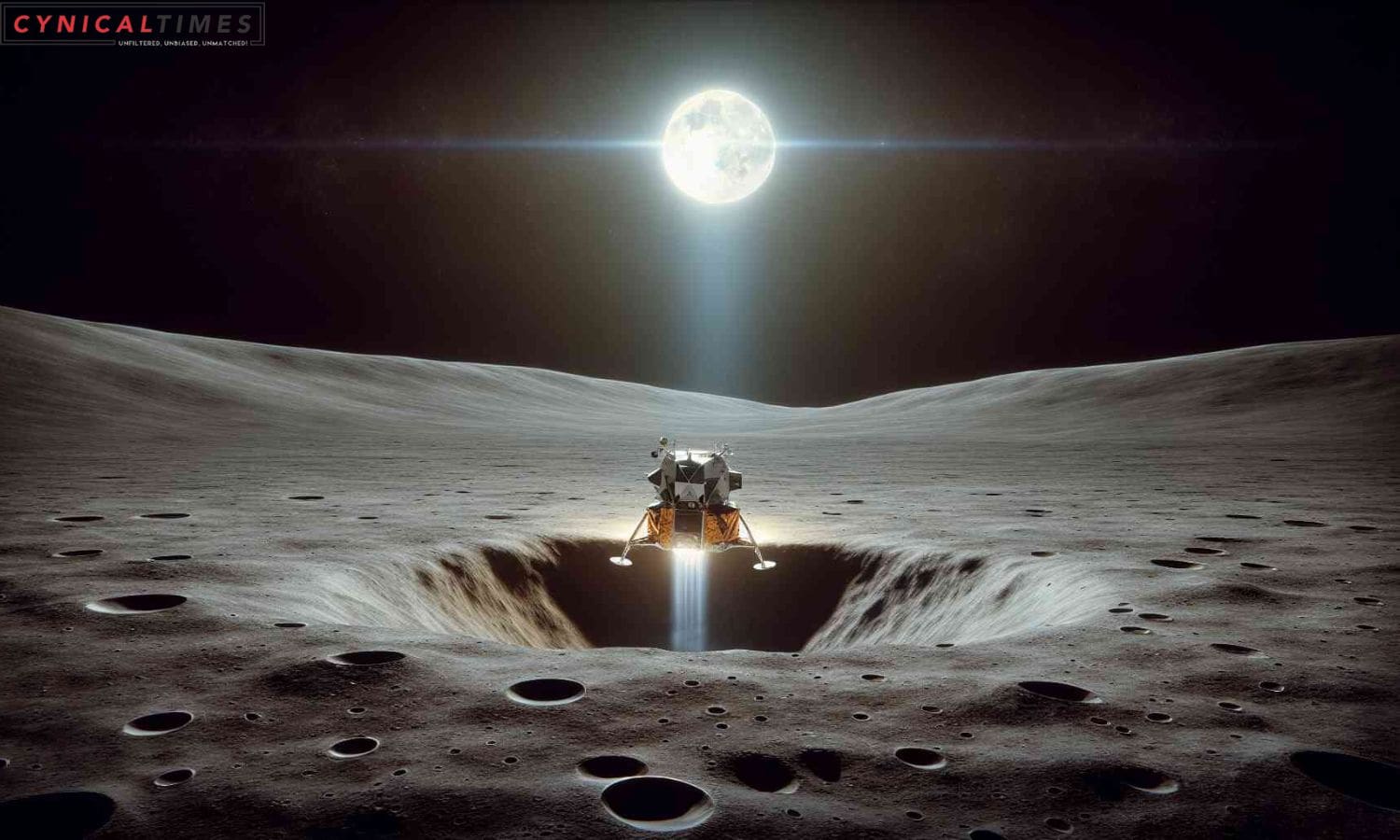Peregrine Moon Landing: More than five decades since the last Apollo mission, the United States is gearing up for a lunar touchdown, scheduled for January 25. Astrobotic’s lander, Peregrine, spearheads this mission, with no crew on board but laden with NASA instruments. Developed by the American company Astrobotic, Peregrine aims to study the lunar environment in preparation for NASA’s Artemis manned missions. American company Astrobotic
Astrobotic’s CEO, John Thornton, highlighted the significance of this venture at a press briefing in Pittsburgh, emphasizing the challenge of achieving a cost-effective launch and landing on the Moon. “Only about half of the missions that have gone to the surface of the Moon have been successful,” Thornton noted, underscoring the daunting nature of the mission.
The scheduled takeoff on December 24 from Florida will be aboard the inaugural flight of the Vulcan Centaur rocket by the ULA industrial group. After reaching lunar orbit in a few days, the actual landing attempt is set for January 25, carefully chosen for optimal light conditions at the target location. The descent will be executed autonomously, monitored from Astrobotic’s control center.


Also Read: NASA Laser Leap: Breaking Limits in Deep Space Communication
While Astrobotic takes the lead in this lunar mission, other companies like Firefly Aerospace, Draper, and Intuitive Machines have also secured contracts with NASA under the Commercial Lunar Payload Services (CLPS) program. This program aims to foster a lunar economy by commissioning US companies to send scientific experiments and technologies to the Moon, providing cost-effective transport services.
Despite the risks acknowledged by NASA leadership, including the recent setbacks faced by Japanese start-up ispace and Israel’s mission in 2019, the CLPS program is making strides in developing the commercial infrastructure necessary for lunar exploration. Chris Culbert, the CLPS program manager, noted that “NASA leadership is aware of the risks and has accepted that some of these missions might not succeed.”
As the Peregrine prepares for its lunar touchdown, the mission marks a pivotal moment in space exploration, setting the stage for NASA’s broader ambitions to establish a sustainable presence on the Moon through the Artemis program.
Our Reader’s Queries
Where is the peregrine lander now?
Astrobotic’s Peregrine lunar lander is currently in orbit and there is a growing sense of optimism that it could remain in space for longer than initially anticipated. The spacecraft is still operational and the company is hopeful that it will continue to function as expected.

